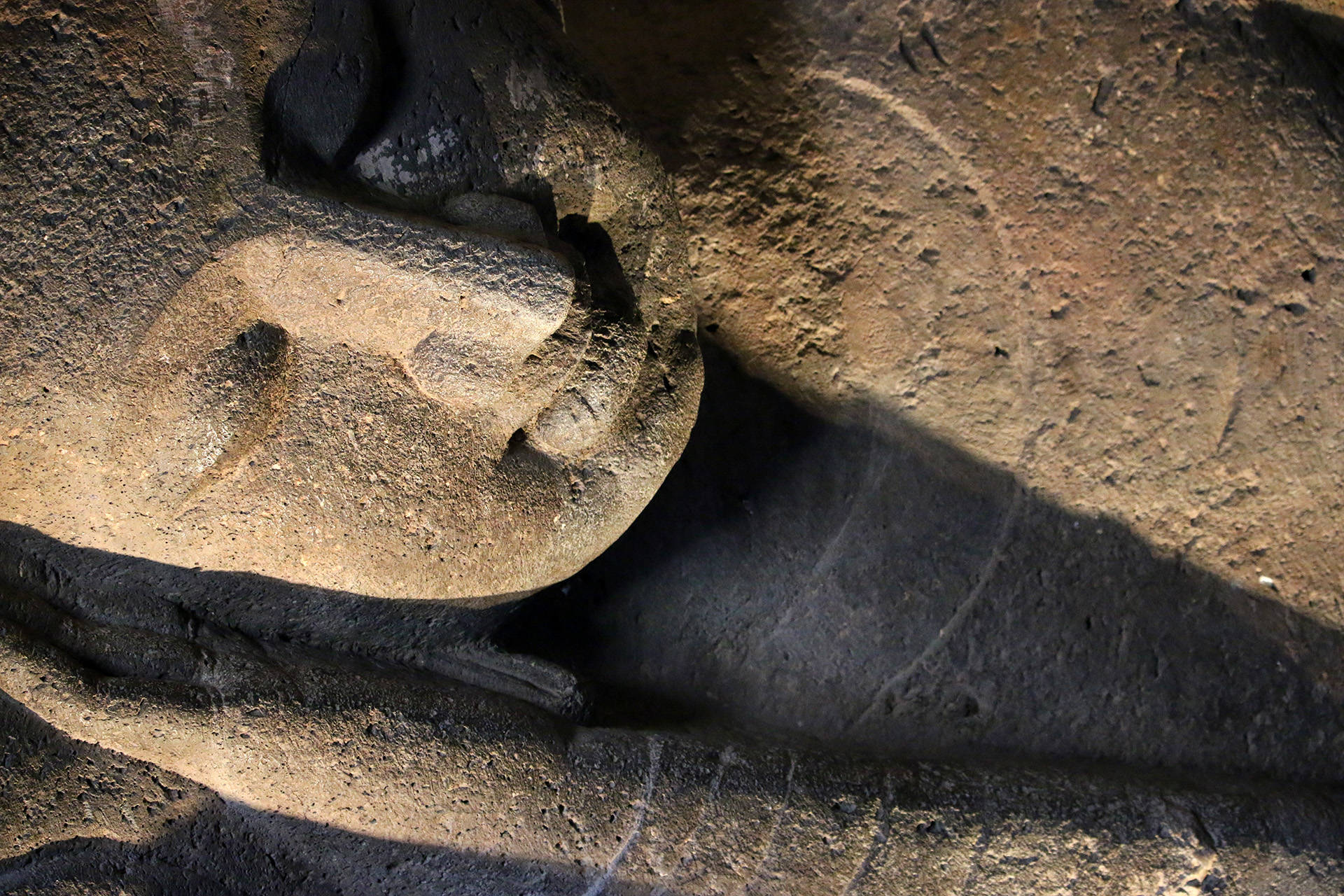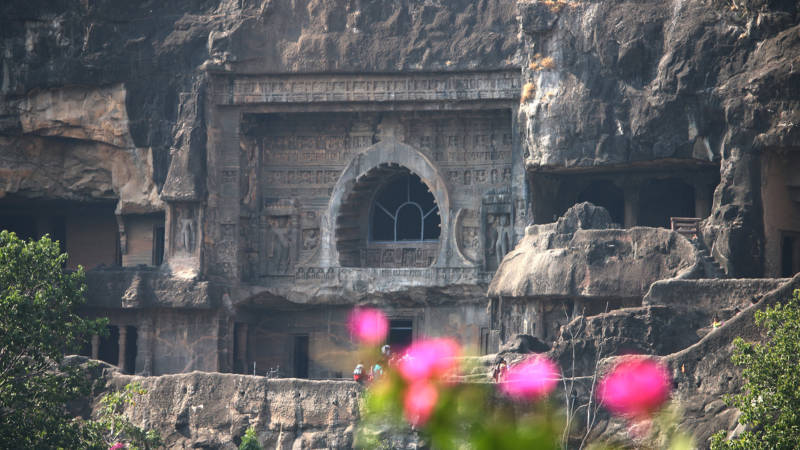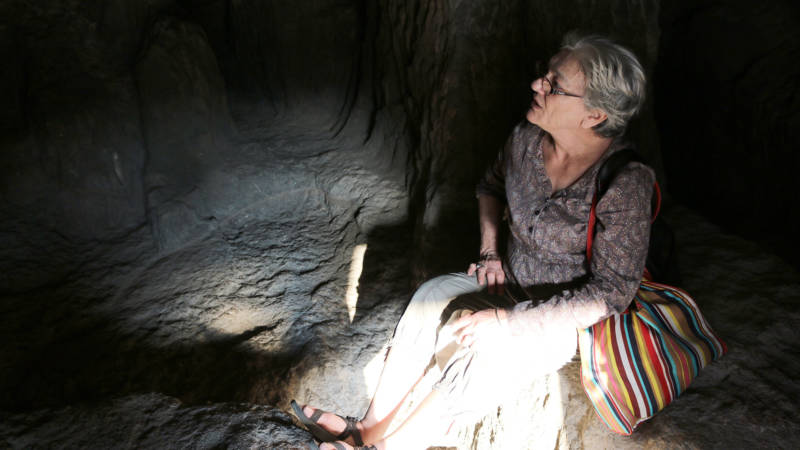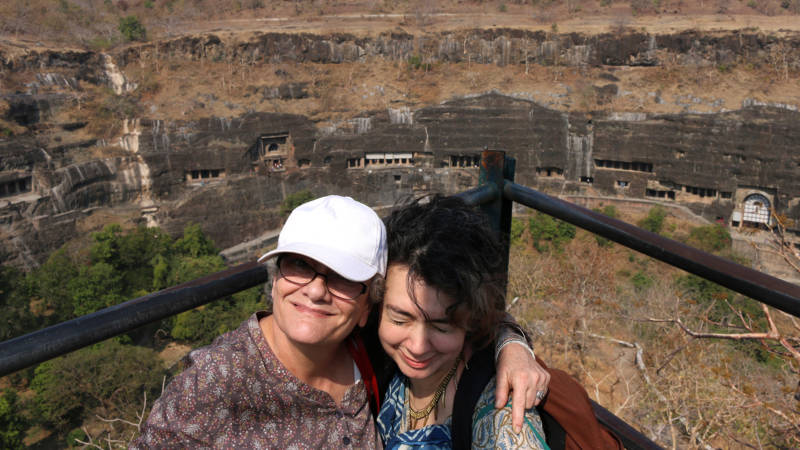D
istant mountains are always blue. That was something my mother used to say to me. Over and over again. Distant mountains are always blue. It is true, especially in India, where the Ghats are dark bundles of risen geometry pointing up to the sky.
But I think it means more than that now, more than just a description of the Sahyadri mountains seen from far away. It is as if the distance itself is coated in dark blue melancholy. The same color of a deepening sky as night falls. The same color that makes it seem like twilight is nostalgia for the day.
It is not just the way the lush greenness of the Sahyadris somehow mixes with the deep purple rock face, and turns the distant shapes to midnight cobalt. It’s something that happens in the space between — the very far awayness of those far away mountain ranges.
Distant mountains are always blue.
I know this now, because my mother is my distant mountain.
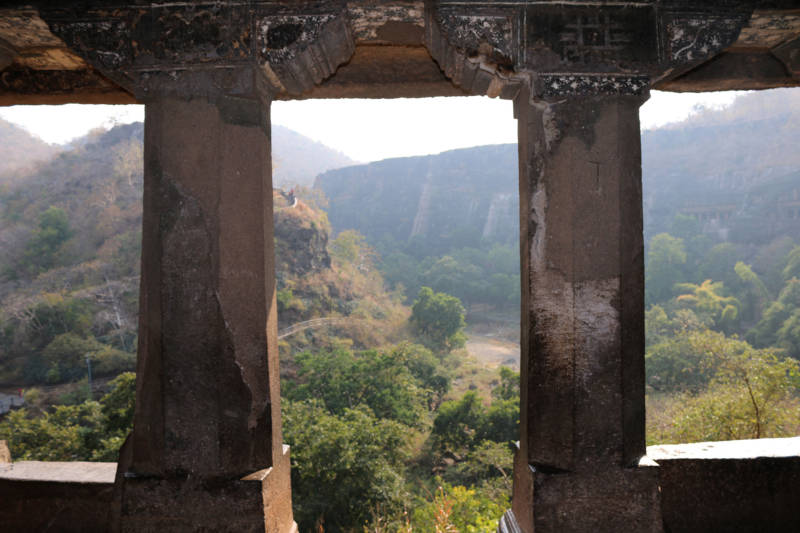
My mother is Parsi, born and raised in India. Like many children of immigrants, I spent parts of my childhood in my mother’s country. I have an Indian name, and Indian eyes, but I am not Indian in India, and not quite American in America. I am, like so many, in between.
